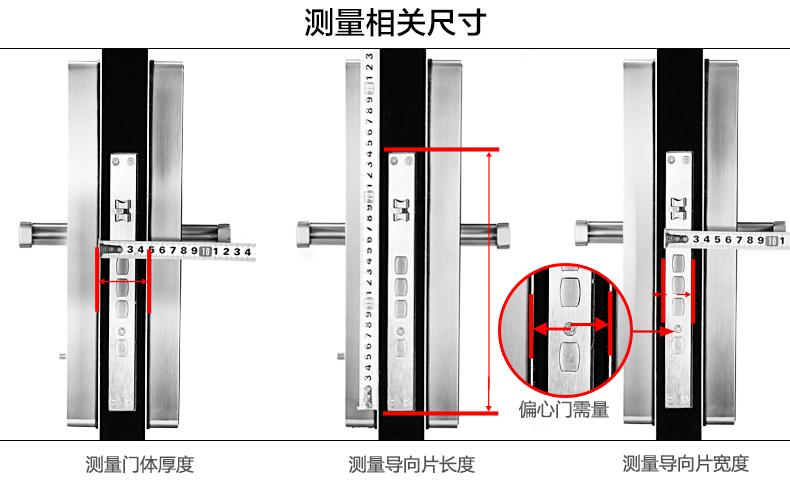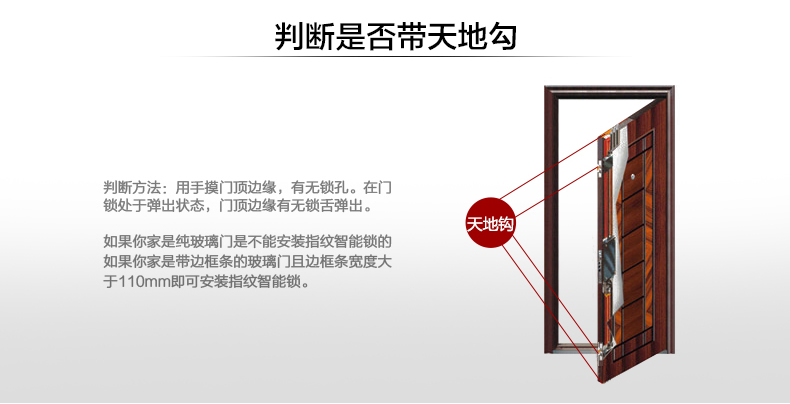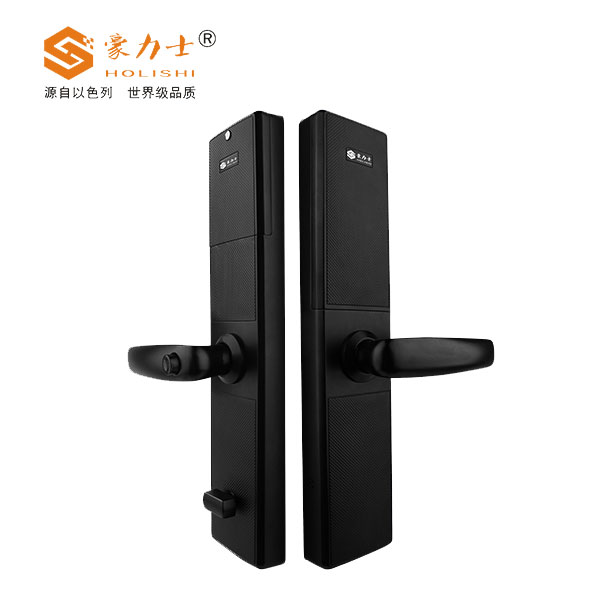There are many kinds of lock body locks. The same fingerprint locks are also designed considering most of the lock body specifications on the market. There are probably: cylindrical lock body, square lock body, small handsome lock body, overlord lock, Wang Li Self-elastic locks and other major categories, in general, most doors can be installed with a fingerprint lock, no need to change the door, except for a few special or foreign locks, but you can also install the holes by changing the holes, as long as you want to install Fingerprint locks, manufacturers and versatile installers will definitely help you solve them.
Confirm the door opening direction, the size of the lock body and whether the hook is hung.



Is there a requirement for the material of the door to install the fingerprint lock?
There are many types of doors, there are metal doors for outdoor use, and wooden doors that are common indoors. You may worry that the wooden doors will not hold the fingerprint lock. In fact, this worry is superfluous. I have only seen thieves and shackles. Through the door! The intelligent fingerprint lock can be installed on wooden doors, iron doors, copper doors, composite doors and security doors. Even glass doors for companies can use glass door fingerprint locks.
How thick is the door to install a smart fingerprint lock?
The thickness of the door is an important factor that must be considered when installing a fingerprint lock. The thickness of the door determines the accessories of the lock. Generally, the door thickness corresponding to the smart fingerprint lock is between 40-90mm. If it is thicker, it can be remarked when buying the fingerprint lock. The door thickness outside this range cannot be installed, so the door must be measured at the time of purchase. Thickness, convenient customer service staff to choose the right door lock for you.

Is the door to be double-opened to install two locks?
Strictly speaking, it is necessary to install two locks, one true lock and one fake lock. This is to facilitate the opening of the door, at the same time to achieve visually beautiful, symmetrical, will install a fake lock on the other door, (false lock refers to the same brand, the same type of lock, in order to install in the double door, and one of them The lock cylinder and the lock tongue are removed, and only the outer shell is kept; commonly known as the false lock.) The double-opening door is mostly used by the villa, and the material is mostly metal, so the weight of the door will be heavier than the wooden door, in order to facilitate the opening of the door, try to buy the lock before Choose a fingerprint lock with a large handle.
Can I install a fingerprint lock?
For those who love DIY, they will feel that installing the fingerprint lock is very simple, just follow the drawings and you can do it. However, if you are not familiar with the operation, some problems may occur and the lock may be damaged. If the lock caused by self-installation is damaged, it is impossible to enjoy the three-pack service. To be on the safe side, it is best to give this difficult task to a professional installer.
Editor in charge: Xu Yuehua
Lignosulfonates, or sulfonated lignin are water-soluble anionic polyelectrolyte polymers: they are byproducts from the production of wood pulp using sulfite pulping. Most delignification in sulfite pulping involves acidic cleavage of ether bonds, which connect many of the constituents of lignin.
Lignosulfonate
Lignosulfonate Be Deflocculant,Calcium Lignosulfonate Additives,Calcium Lignosulfonate,Sodium Lignosulfonate Powder
Shenyang East Chemical Science-Tech Co., Ltd. , https://www.eastchemy.com